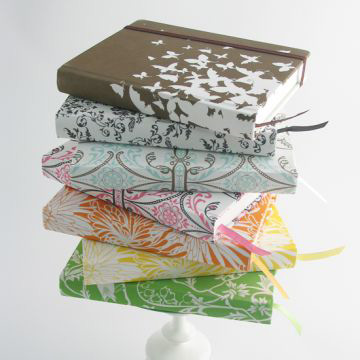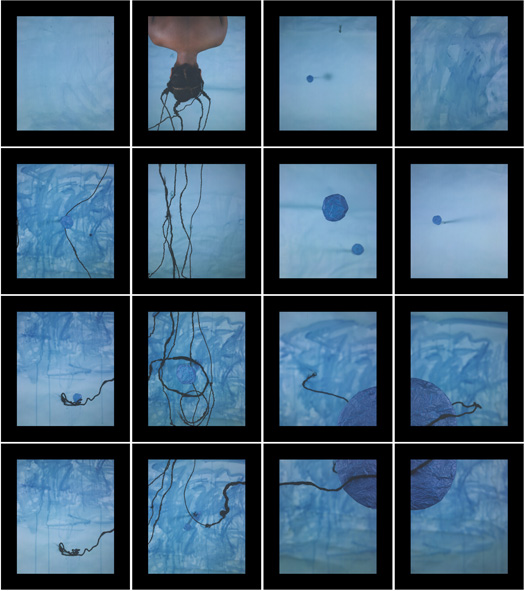 I was looking through boxes of old photos and projects the other day and found some journals from elementary school that I wrote in when I visited my dad over vacations. It's strange to see yourself from a distance but remember that period so well at the same time.
I was looking through boxes of old photos and projects the other day and found some journals from elementary school that I wrote in when I visited my dad over vacations. It's strange to see yourself from a distance but remember that period so well at the same time.
Wednesday, December 30, 2009
childhood journals
 I was looking through boxes of old photos and projects the other day and found some journals from elementary school that I wrote in when I visited my dad over vacations. It's strange to see yourself from a distance but remember that period so well at the same time.
I was looking through boxes of old photos and projects the other day and found some journals from elementary school that I wrote in when I visited my dad over vacations. It's strange to see yourself from a distance but remember that period so well at the same time.
Sunday, December 27, 2009
PostSecret
 People send their secrets on postcards to a man who started this project in 2005. It is way of being reminded of the interconnectedness of humanity. It's about sharing our similarities and appreciating our differences, and reaching out to other people. I like the simplicity of the idea, and the feeling of connection in reading the secrets.
People send their secrets on postcards to a man who started this project in 2005. It is way of being reminded of the interconnectedness of humanity. It's about sharing our similarities and appreciating our differences, and reaching out to other people. I like the simplicity of the idea, and the feeling of connection in reading the secrets.
Wednesday, December 23, 2009
Eccentric to Whom
Alex Burke

Alex Burke was born in Martinique in 1944 and now works in France.
Working from memory and historical narratives has been a way to question my "collective memory," to summon the constituent elements of the Caribbean identity. I have tried to make that confused past become visible; I have placed objects together and created a world of odds and ends. That is the very characteristic of the Caribbean: building up on a field of ruins, fertilizing a field of corpses, patching things up, making treasure of nothing (“Exhibitions: Infinite Island”).
This is a reference to African Vodun, “where dolls become the embodiment of the invisible spirit.” Vodum and other cultural references focus on the positive aspects of one’s identity and continuously remind people of their roots, and thus the strength of their identity.
Maria Magdalena Campos-Pons

Maria Magdalena Campos-Pons is a Cuban-American painter and installation artist.
In another work, Spoken Softly with Mama, from 1998, she represented her family and past slave families through video images, fabric, furniture, sound, and objects. Campos-Pons spoke about the installation and the influence of space and material objects on identity:
A space can bear the imprint of its inhabitants even in their absence. An object can personify an individual even more than his or her portrait. This is the concept behind the selection of objects- furniture for the installation; a portrait of a family narrated through the voices of objects that constitute their environment (Congdon, 54, 55).
SENIOR PROJECT
Wednesday, September 23, 2009
Tuesday, September 15, 2009
'Radical modernism is my reaffirmation of the idealistic roots of our modernity, adjusted to include more of our diverse cultures'
Dan Friedman was born in Cleveland, Ohio in 1945. He received his education at Carnegie Institute of Technology in Pittsburgh, the Hochschule für Gestaltung in Ulm and the Allgemeine Gewerbeschule in Basel. In the early 1970s, at Yale University, he developed and published teaching methods in design and the 'New Typography' which became a basis for the New Wave which followed. He also developed guidelines for the first programme in visual arts at the State University of New York in Purchase. As a graphic designer, he has created posters, publications, packaging and visual identities for many corporations and organisations. In the mid-1970s he was senior design director of Anspach Grossman Portugal and in the late 1970s he joined Pentagram, became an associate and helped to establish the New York office. In 1982, he returned to his own private practice and in 1991 returned to teaching as a senior critic in graphic design at Yale University. Although he retains an interest in education and graphic design, his art, installations, furniture and 'Modern Living' projects have generated exhibitions and commissions all over the world. His first solo exhibition was at the Fun Gallery, New York, in 1984. His experimental furniture has been produced by Neotu in Paris and by Arredaesse, Driade and Alchimia in Milan. His work is in many public and private collections, including the Museum of Modern Art in New York, the Art Institute of Chicago, the Gewerbemuseum in Basel and the Musée des Arts Décoratifs in Montreal. He describes himself as an artist whose subject is design and culture.
Dan Friedman died on 6th July 1995 [see editorial, Eye no.18 vol.5]
Peter Rea: Could we begin by talking about how you see the graphic design profession today?
Dan Friedman: For more than 25 years I've had love-hate relationship with our profession. I will defend it with pride and passion, but I will also be critical - even occasionally cynical. I've been at it's centre, but I feel more comfortable playing at its margins. It is a profession which involves a great deal of drudgery and concern about minutiae that can only be measured in quarter points and millimetres. Graphic design has always defined its focus in narrow terms - in ways that may stimulate graphic designers into a frenzy but mean nothing to the rest of society. When we try to extend our reach, as with fantasies about the emerging potential of multimedia, our ideas pale in comparison with Terminator 2, a U2 concert or the latest Las Vegas hotel. I believe it is a profession in an identity crisis caused by over-specialisation and deep polarisation.
PR: How did your sense of disillusionment begin?
DF: My disaffection reached a peak in 1982 when I chose to step off a fast track as an associate of Pentagram New York and exhibit my art with graffiti artists in a gallery called 'Fun' on New York's Lower East Side. I found work in commercial design too predictable and not sufficiently sustaining. IN the 1960s I saw graphic design as a noble endeavour, integral to larger planning, architectural and social issues. What I realised in the 1970s, when I was doing major corporate identity projects, is that design had become a preoccupation with what things look like rather than with what they mean. What designers were doing was creating visual identities for other people - not unlike the work of fashion stylists, political image consultants or plastic surgeons. We had become experts who suggest how other people can project a visual impression that reflects who they think they are. And we have deceived ourselves into thinking that the modernisation service we supply has the same integrity as service to the public good. Modernism forfeited its claim to a moral authority when designers sold it away as corporate style.
PR: Where did your interest in design start?
DF: When I was 12 years old, in the 1950s, my parents moved to the suburbs of Cleveland, Ohio. They had found some success and had the money to build their own suburban dream home, which was the same dream home of almost everyone else in America. So as a kid I was exposed to the process of watching this dream home taking shape. My parents, particularly my mother, were actively involved in the decisions about how the house would be laid out, the colours and the decor. I was fascinated by this process, the first inclinations I remember of being interested in design of any sort. IN dreaming an playing I became fascinated with architecture and would do drawings of fantasy houses, cars, all very futuristic, like the Jetsons. Along with their robotic maid and dog, the Jetson family had the most wild futuristic furniture and decor which to this day seems very modern . . .
Wednesday, February 11, 2009
"We Feel Fine"

"An exploration of human emotion, in six movements"
by Jonathan Harris and Sep Kamvar
Really interesting interactive site that pulls the emotions posted by people on their blogs every few hours and presents the contextual sentences here. It makes the world feel a little smaller, and reminds us of the human connections we sometimes forget are innate.
"I need love, so I don't find it I paint" Hala Faisal
This is a video from the BBC website from some time in December. Hala Faisal, a Syrian painter briefly talks about her life and her art. I love how her studio in Damascus has paintings all over the walls and doors. The studio/living space has such a good spirit to it.







